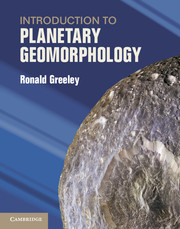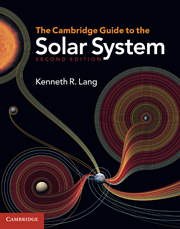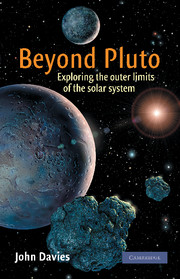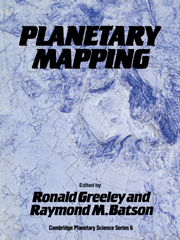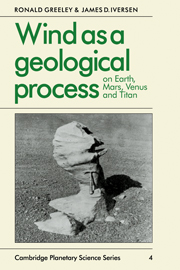Introduction to Planetary Geomorphology
Nearly all major planets and moons in our Solar System have been visited by spacecraft and the data they have returned has revealed the incredible diversity of planetary surfaces. Featuring a wealth of images, this textbook explores the geological evolution of the planets and moons. Introductory chapters discuss how information gathered from spacecraft is used to unravel the geological complexities of our Solar System. Subsequent chapters focus on current understandings of planetary systems. The textbook shows how planetary images and remote sensing data are analyzed through the application of fundamental geological principles. It draws on results from spacecraft sent throughout the Solar System by NASA and other space agencies. Aimed at undergraduate students in planetary geology, geoscience, astronomy and solar system science, it highlights the differences and similarities of the surfaces at a level that can be readily understood by non-specialists.
- Features over 300 images from Solar System spacecraft missions
- Explains planetary geology at a level accessible to undergraduates without a strong geoscience background
- Outlines the fundamentals of planetary science, drawing on data from previous and ongoing planetary spacecraft
Reviews & endorsements
'… should prove interesting to a layperson as well as a student or professional scientist … I also liked the thought-provoking questions at the end of each chapter.' Tom G. Farr, Eos, Transactions American Geophysical Union
'This is an excellent, enjoyable read for those who come to planetary science without a geological background and who want to pick up a good basic grounding to complement further studies, and also for geologists who want to learn about the application of their subject in a planetary context.' The Observatory
Product details
February 2013Hardback
9780521867115
252 pages
283 × 222 × 18 mm
0.86kg
369 b/w illus. 12 tables 62 exercises
Available
Table of Contents
- 1. Introduction
- 2. Planetary geomorphology methods
- 3. Planetary morphologic processes
- 4. Earth's moon
- 5. Mercury
- 6. Venus
- 7. Mars
- 8. The Jupiter system
- 9. Saturn system
- 10. The Uranus and Neptune systems
- 11. Planetary geoscience future
- Index.

